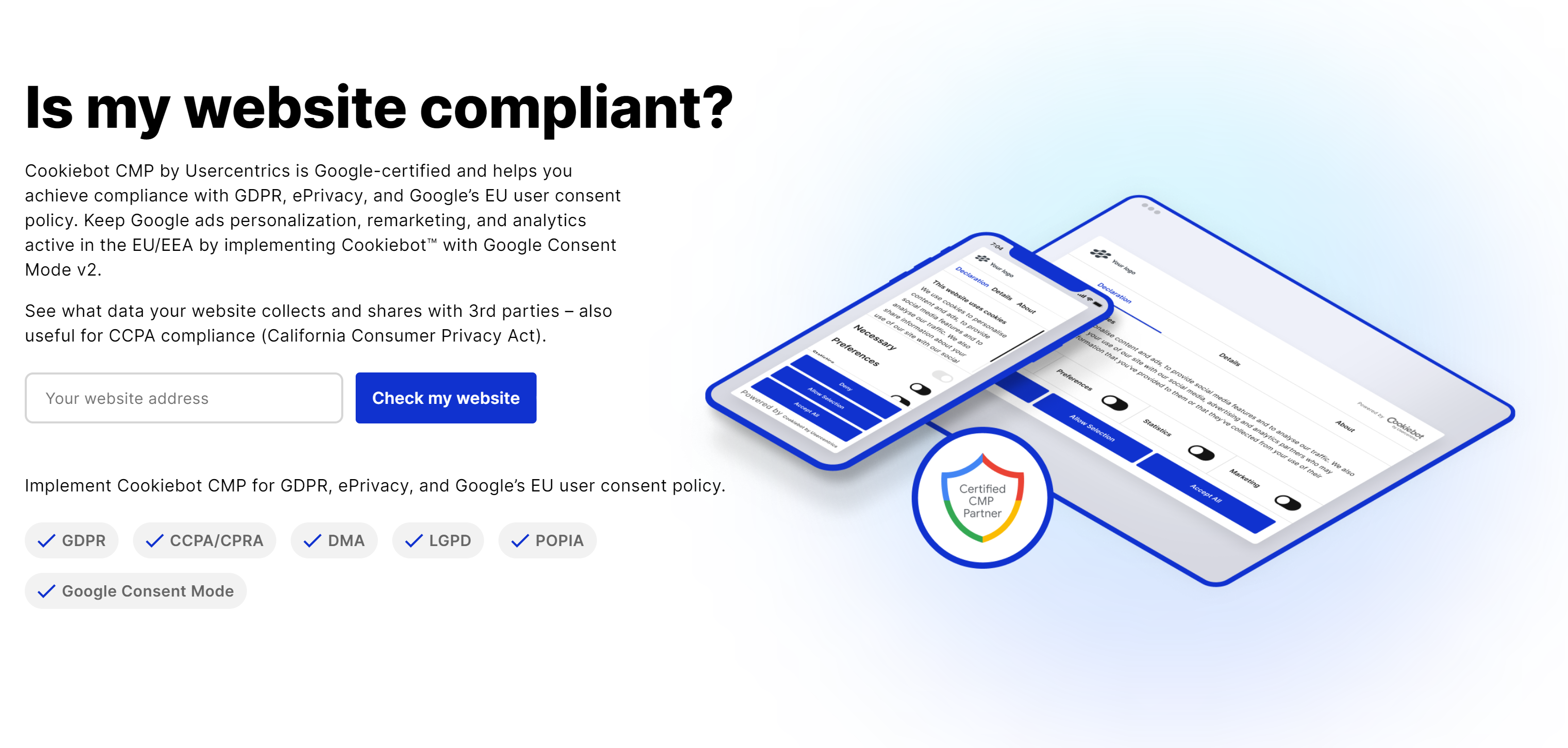Cookiebot
If you're exploring Dashly and want to understand more about how Dashly cookies function, or if you're considering Dashly for your business and need insights on Dashly cookies and the process of managing them through Cookiebot, you're in the right place. This guide aims to explain more about Dashly's cookie usage and how to handle them with Cookiebot.
What are Dashly Cookies?
Dashly uses cookies for a variety of purposes. A common concern raised by users is the high number of cookies (over 800) listed by Cookiebot, which are all uncategorised. These cookies are flagged as errors that need to be resolved to stay compliant with user consent.
However, it's important to note that these are not 800 separate cookies. Instead, this list represents the same cookie being created for different users. This cookie is a technical one, created for a fraction of a second after the script initialization and is immediately deleted. It doesn't store any user data but serves to determine the correct domain for setting the cookie, allowing for smooth communication within subdomains. Without this cookie, there could be issues with message delivery or even loss of user messages.
Managing Dashly Cookies with Cookiebot
Cookiebot requires cookies to be categorised as either necessary, preferences, statistics, or marketing, for correct user consent application. When Dashly cookies appear as uncategorised, it's because their type is not recognised.
Cookiebot allows for a manual override where you can instruct the cookie management platform on how to handle specific cookies. However, with the high number of Dashly cookies, manual management isn't feasible.
That's where Cookiebot's rule creation comes in handy. You can create a rule that consolidates all instances of the dynamically named cookie into a single entry. For example, all cookies with the prefix 'dashly' can be marked in a category needed for Live chat.
Here's how Cookiebot explains it in their documentation:
"To avoid this, we can create a rule that essentially says: 'If you see a tracker of a certain type, which name starts with 'cookie' followed by a dash and 6 hexadecimal characters (^cookie-[\da-f]{6}$), this is actually the cookie we call 'cookie-#' in the cookie repository'. So instead of seeing 'cookie-12ab34', 'cookie-df456a', 'cookie-1cbe93', etc. you will actually only see a single mention of 'cookie-#', where the '#' symbol represents the dynamic component."
By following these steps, you can effectively manage Dashly cookies and ensure your site is compliant with user consent. If you encounter any issues, don't hesitate to reach out to Cookiebot and Dashly support for additional help.
